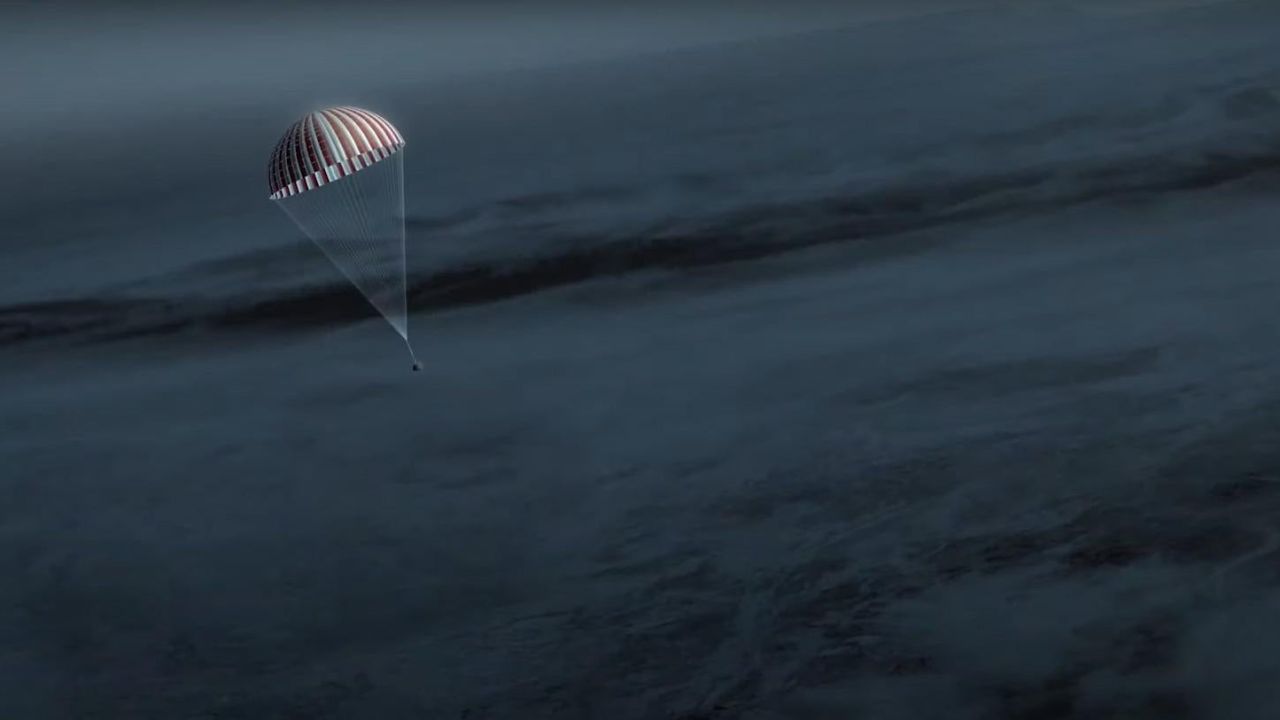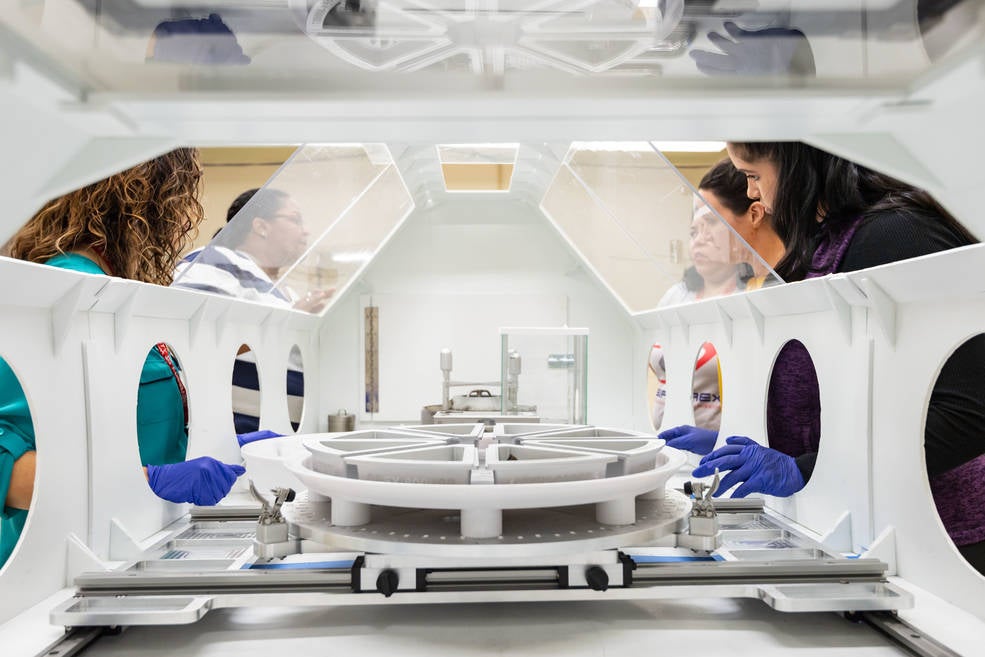Contamination Prevention Is Key as NASA Preps for Incoming Asteroid Samples

In October 2020, engineers landed a spacecraft on an asteroid 200 million miles (320 million km) from Earth and collected a rocky sample from its surface. But that wasn’t even the hardest part. Now the OSIRIS-REx spacecraft is on its way back to Earth to drop off that sample, with NASA rehearsing the smoothest way to catch it without ruining the whole mission.
The spacecraft has spent seven years in space and is now gearing up for its final, yet most challenging, task. OSIRIS-REx is on schedule to drop off a sample from asteroid Bennu on September 24 during a flyby of Earth, when it will eject a capsule containing the asteroid sample. The capsule will parachute its way down to Earth and land at the Air Force’s Utah Test and Training Range in the Great Salt Lake Desert.
“Once the sample capsule touches down, our team will be racing against the clock to recover it and get it to the safety of a temporary clean room,” Mike Moreau, deputy project manager at NASA’s Goddard Space Flight Centre, said in a statement. The sense of urgency here stems from fear that the sample will get spoiled by Earthly contaminants, thereby foiling the entire mission.
The capsule has to land within a 60 km by 14 km ellipse about 13 minutes after it is released by the spacecraft. Teams from NASA Goddard, KinetX, Lockheed Martin, and NASA’s Langley Research Centre will be monitoring weather, solar activity, and space debris to make sure the capsule lands safely.
This summer, recovery teams in Utah and Colorado will be practicing all the steps required to recover the sample, rehearsing how to unpack and process the sample inside glove boxes before transporting it to the lab in Houston via helicopter, according to NASA. The recovery crews will also collect soil and air samples around the capsule’s landing area to help identify if any contaminants came in contact with the asteroid sample.
A different team of scientists is preparing the investigations that will be conducted on the sample once it’s delivered to the lab. Once the sample is received, scientists will unpack it and allocate up to a quarter of it to the mission’s science team in different parts of the world while the rest will be distributed among other scientists who are not part of the mission.
 Members of the mission team practicing with a mock glove box. (Photo: NASA Johnson/Bill Stafford)
Members of the mission team practicing with a mock glove box. (Photo: NASA Johnson/Bill Stafford)“There are two things pervasive on Earth: water and biology,” Jason Dworkin, OSIRIS-REx project scientist at NASA Goddard, said in the statement. “Both can severely alter meteorites when they land on the ground and muddle the story told by the sample’s chemistry and mineralogy. A pristine sample could provide insights into the development of solar system.”
This is NASA’s first attempt at retrieving a sample from an asteroid. The Japanese space agency (JAXA)’s Hayabusa2 grabbed a small sample of dust, pebbles, and gas from the Ryugu asteroid in 2019 and delivered the asteroid sample to Earth in 2020. A recent study of the asteroid sample revealed the presence of two organic molecules, supporting the hypothesis that the building blocks of life itself travelled to Earth by hitchhiking on asteroids that crashed on our planet billions of years ago.
Analysing the Bennu sample will provide scientists with more evidence as to how life may have originated on Earth. “We will do a direct comparison of the samples from Ryugu and the sample from asteroid Bennu when NASA’s OSIRIS-REx mission returns it to Earth,” Dworkin said in a February press release.
As OSIRIS-REx prepares for its big drop-off, recovery teams on Earth are perfecting their plan to catch the asteroid sample and make sure it stays pristine.
No comments:
Post a Comment